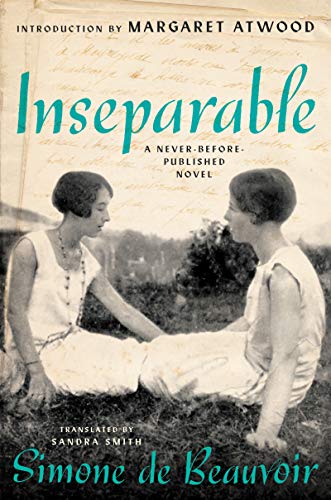From The Wall Street Journal:
Simone de Beauvoir, born in 1908 in Paris, was the older of two daughters of a strict Catholic couple, and as a child dreamed of becoming a nun. Instead, she lost her faith when she was 14 and by her early 40s had become Mother Superior of the new belief called existentialism, a humanist response to the devastation of World War II. In fact, there was little “new” about it, except in France. There its theorists—Jean-Paul Sartre, Beauvoir and Maurice Merleau-Ponty—freely pillaged German philosophy from Hegel to Martin Heidegger and Edmund Husserl and called it their own. Unlike his fellow-philosophers, Sartre’s real gift was that of a publicist. His slick formula for existentialism—“Existence precedes essence”—popularized a dynamic for all human action, in which “contingency,” or chance, rolled the dice.
Beauvoir’s passionate life began early, and chance was on her side. Her father’s financial losses after World War I forced the family into poverty and crammed them together into small, smelly quarters. But the parents’ compensation was social status, and so the girls were admitted to a fashionable convent school, the Cours Adeline Désir. It was here, on her first day of class, that Simone, at age 9, fell in love.
Her classmate Élisabeth Lacoin, known as Zaza, was a smaller version of Simone. She had a narrow face, olive skin and dark eyes, and both girls had brown hair, cut short. Unlike Simone, who concealed her thoughts behind what she would later call a “conformist mask,” Zaza was direct, funny, fearless and competitive. At 10 she exuded an air of authority. Then, a few days later, she was gone.
Zaza had been injured in a camping accident when the hem of her skirt caught fire. Before the flames could be extinguished, her flesh was burned and swollen. For the next several months, recovering at her family’s country house while immobilized in bed, she endured constant pain and endless solitude. When she returned to class, she was determined to keep up. Her first words to Simone were an urgent plea to borrow her notes from the missing year: She needed them now.
The spirited Zaza became Simone’s purest love—the nuns called the two “the inseparables”—and her early death in 1929, a month short of her 22nd birthday, made their friendship immortal, incorruptible by time.
Link to the rest at The Wall Street Journal (This should be a free link that gets non-subscribers in, but, if not, PG apologizes for the paywall, but hasn’t figured out a way around it.)
